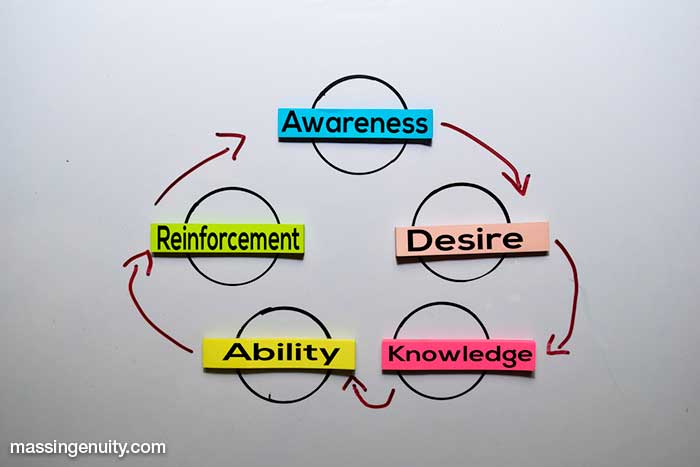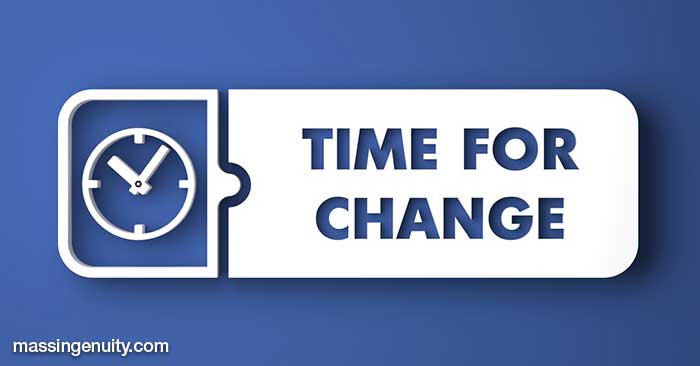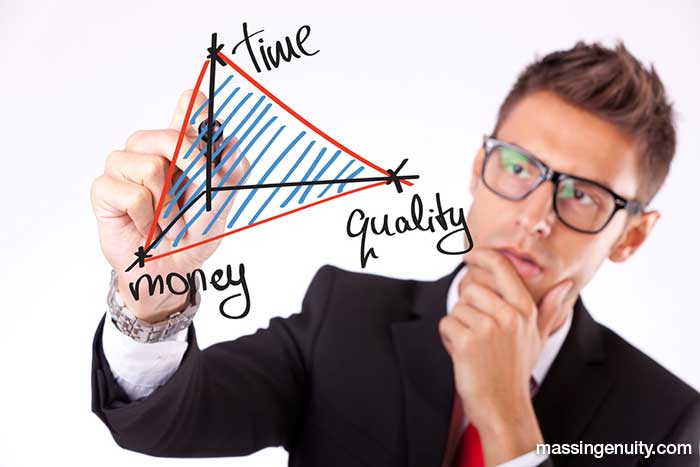I can easily say that, as a leader, I did not always employ the best change management practices. Well, or any change management practices for the early part of my career. For me, the answer to a problem was obvious. My team should see the obvious as well. So, I often led with sheer willpower and drive.
It wasn’t until I was asked to take over an organization whose culture was one that was fear-based did I learn that I needed to employ good organizational change management practices. Sheer willpower and drive alone would not do the trick. If anything, it would be counter-productive in the culture I inherited.

The firm I brought in, Mass Ingenuity, to help transform my organization into a data-informed one were strong advocates of change management. Specifically, they employed Prosci’s ADKAR model.
The word “ADKAR” is an acronym for the five outcomes an individual needs to achieve for a change to be successful: Awareness, Desire, Knowledge, Ability, and Reinforcement.

This does not mean that simply turning over major initiatives like culture transformation over to a change management team is sufficient.
Strong executive sponsorship is still needed. In fact, the Harvard Business Review lists executive sponsorship as the number one item on a list of ten for successfully creating a data-driven culture. In their words, “A data-driven culture starts at the (very) top.” And it’s not just sponsorship, it’s behavioral changes by the executive teams that are necessary as well.
Companies with strong data-driven cultures tend to have top managers who set an expectation that decisions must be anchored in data — that this is normal, not novel, or exceptional. They lead through example. These practices propagate downwards, as employees who want to be taken seriously must communicate with senior leaders on their terms and in their language. The example set by a few at the top can catalyze substantial shifts in company-wide norms.

Beyond sponsorship, choosing right metrics is critical. Leaders can exert a powerful effect on behavior by artfully choosing what to measure and what metrics they expect employees to use.
Equally, they can incentivize unintended consequences. Ensuring the behaviors you want in your organization often requires measuring three elements of a process that provide a healthy tension between them. By having measures that look at quality, timeliness, and cost helps to ensure you are not sacrificing one outcome for another.
Often, we do not have the expertise in-house to create performance measures that really work. This is where hiring contractors to assist can be beneficial, at least until you can develop the skillset in-house.
Finally, keep things simple initially. Having easy to collect and display metrics helps with the change management process. As the team develops its data-driven muscles, more sophistication can be added to the metrics and collection methods. Walk before you run. Like anything else in an organization, there is a maturity process that has to be followed. And we can’t skip any of the steps, as much as we would like to.
Best regards,
Scott Harra, EVP of Marketing and Government Relations
Links To Resources
Harvard Business Review Article
How to Measure Anything by Douglas W. Hubbard

